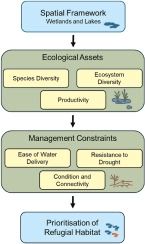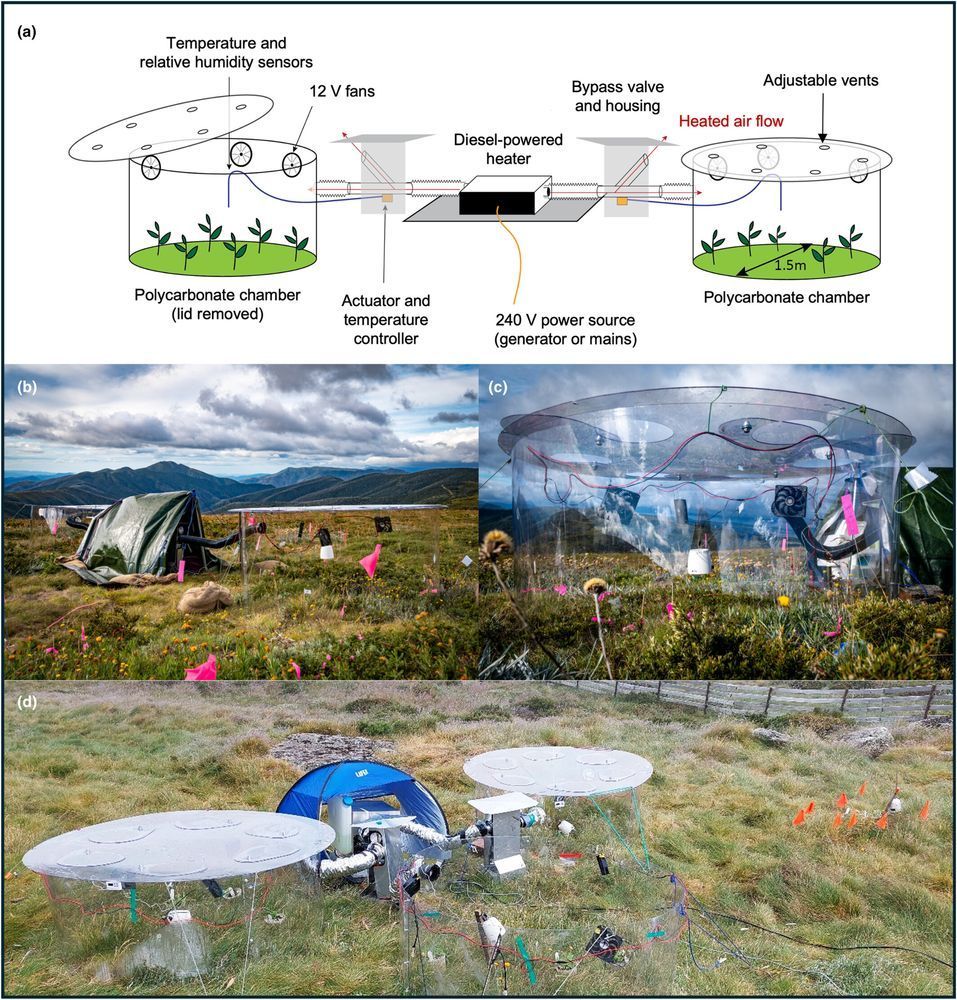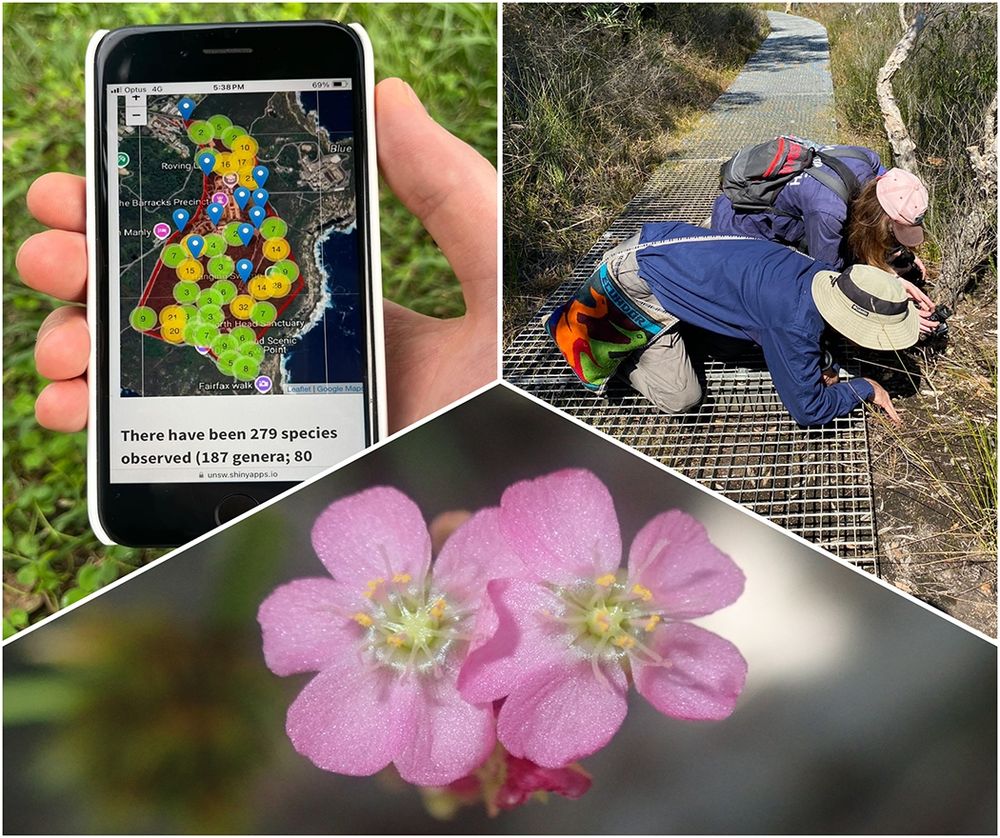Yvonne Davila
@ydavila.bsky.social
320 followers
190 following
19 posts
Senior Lecturer at the University of Technology Sydney.
Leader Pollination Ecology and Plant Conservation Lab.
Senior Fellow of the Higher Education Academy (SFHEA).
Posts
Media
Videos
Starter Packs
Pinned
Reposted by Yvonne Davila
Reposted by Yvonne Davila
Reposted by Yvonne Davila
Reposted by Yvonne Davila
Reposted by Yvonne Davila
Reposted by Yvonne Davila
Reposted by Yvonne Davila
Reposted by Yvonne Davila
Fonti Kar
@fontikar.bsky.social
· Jun 11
Reposted by Yvonne Davila
Reposted by Yvonne Davila
Reposted by Yvonne Davila
Reposted by Yvonne Davila
iBartomeus
@ibartomeus.bsky.social
· Jul 25
Reposted by Yvonne Davila
Annals of Botany
@annbot.bsky.social
· Jul 25
Reposted by Yvonne Davila
Reposted by Yvonne Davila
Reposted by Yvonne Davila
























